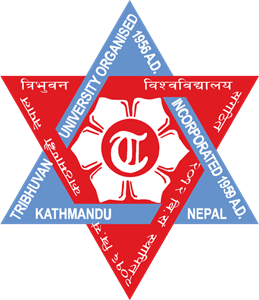Tribhuvan University’s prestigious Institute of Engineering Studies is struggling to fill seats in its various undergraduate programs. Despite offering scholarships and discounts, the college is contacting prospective students directly, including sending daily phone calls and texts. This aggressive recruitment strategy highlights the decline in student interest in engineering programs.

Across the university’s five campuses and 10 affiliated colleges, a total of 4,348 seats are available in 12 engineering disciplines. However, the current academic session has seen significantly lower admissions than expected.
Even traditionally popular colleges like Pulchowk Engineering College are facing a shortage of students, with 116 seats vacant. Similar situations are observed in other campuses, including Western Campus (148 vacant seats), Eastern Campus (215 vacant seats), and Thapathali Campus (234 vacant seats). The shortage extends beyond the university’s campuses, affecting private colleges as well.
Kathmandu Engineering College, Kantipur Engineering College, and other educational institutions are facing challenges in meeting their enrollment goals. This is evident from the entrance exam data, which shows a decrease in student participation. Out of 10,000 applicants, only 8000 students appeared for the test, indicating a 20% decline compared to the previous year. There are various factors contributing to this decrease in student interest. Some experts attribute it to the outdated curriculum and limited job prospects, while others highlight the growing popularity of alternative career paths and the reduced demand for traditional engineering skills due to automation. Despite private college administrators downplaying the issue and claiming only a few vacant seats in specific programs, the overall data presents a worrisome situation.
The consistent decline in student enrollment and exam participation suggests a systemic problem that requires immediate attention. Addressing the outdated curriculum, enhancing career guidance, and promoting innovation within engineering programs are crucial steps to revitalizing student interest and ensuring the long-term sustainability of engineering education in Nepal.
Source: Edupatra

